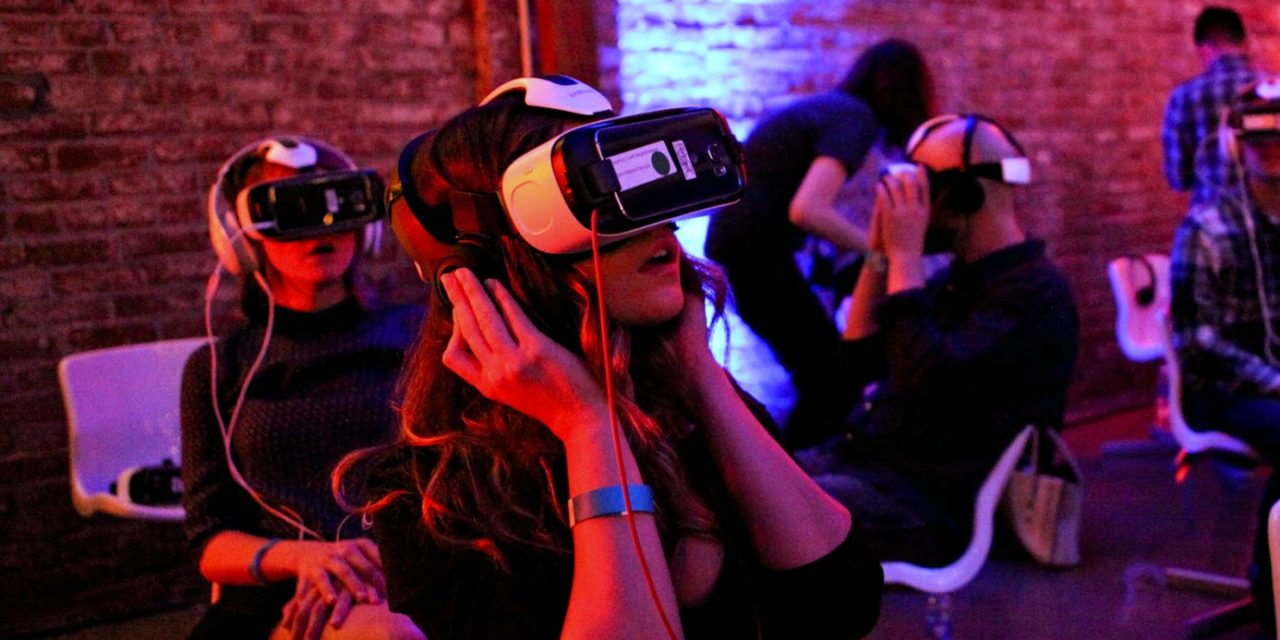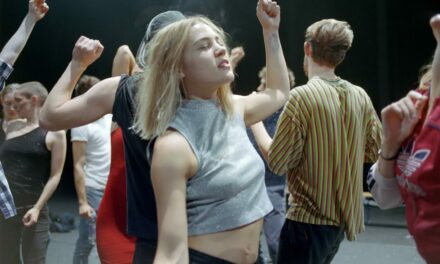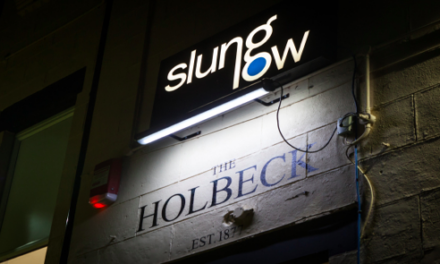The way media is produced and consumed has been transformed in the past decade or so thanks to game-changing services like Spotify and Netflix.
But while technology has fundamentally shaken up the film, music, TV, and newspaper industries performance arts such as dance, drama, opera, and concerts have followed the same basic template for centuries, with today’s shows little different from those put on in Shakespeare’s times.
All that could be about to change, however, if a group of leading scientists, technology developers, and arts groups have their way.
Scientists from King’s College London are working with Ericcson, the National Theatre, the Young Vic and virtual headset developers on a new entertainment form that they believe will revolutionize the arts world.
Although it’s still very much a work in progress, the idea is to allow users to “experience” dramatic productions when and where they like through an on-demand service which they hope will become available to the public within three to five years.
“The idea is to really disrupt the performing arts world the same way Netflix has disrupted TV. It’s only the early days but everyone in the theatre and arts world is super excited about it,” said Mischa Dohler, a King’s College professor and a fellow of the Royal Society of Arts.
“Things haven’t been disrupted since Shakespeare – in fact, I would argue, since Greek times. It’s always the same thing. We are looking at building a technology platform that would allow people to procure and consume performing arts content in a totally new way,” he added.
The Royal Opera House’s former prima ballerina, Deborah Bull and the Battersea Arts Centre are also involved in the project – along with Ali Hossaini, a King’s College research associate, who is also head of the Cinema Arts Network consortium of cinemas, visual arts, and performance arts and has worked with Brad Pitt, Johnny Depp, Sean Penn, and Robert Downey Jr. in the past.
“When you watch a video of Madonna singing, or a Shakespeare performance, you don’t get the hair going up on the back of your neck, as you do when you’re there in the audience. We want to come up with a new type of technology that captures that intensity,” Prof Dohler said.
Headset and gloves
The new format will center on a virtual reality headset, designed by developer Room One, the and a sensory ‘haptic’ glove being developed by NeuroDigital, which enables wearers to feel sensations. Wearable “Sarotis” technology made from a soft fabric that wraps around the body like a second skin that allows users to feel sensations on their skin may also be involved.
The glove is intended to replicate feelings such as the sensation of the rain as it falls in a scene or of catching a ball as it’s caught by a performer in a production. It may also help the user feel the same things as the actors, such as the sense of a handshake, the touch of body, the feel of an object, or the catching a drumstick thrown into a concert crowd. This “teleporting” of the senses may even be extended to make the consumer believe a fire is approaching, for example.
The productions arising from the new format would typically involve several locations and potentially involve the viewer in the action.
Initially, the locations are all likely to be in London but further down the line they would be spread throughout the UK and eventually across continents. So they might, for example, have one “stage” set in the Amazon rainforest where a tribe may be performing a ritual dance, another involving passengers flying in a helicopter over the ocean and a third showing a choir singing in an active volcano in Ethiopia.
The real action taking place in these locations could be mixed with holograms or virtual reality elements to boost the dramatic effect. This might see dangerous animals injected into a “real” scene involving people, involve a 3D virtual trip through the cosmos combining images from space probes, telescopes, and video footage, or creating additional people into the audience to make it feel bigger.
Change in procurement as well as consumption
Apart from changing the way people “consume” the performing arts, the new platform also aims to change the way they are procured. For example, performers from less privileged parts of Britain or the world – or with special skills, such as salsa dancing in Brazil – could potentially become involved while venues could be used more efficiently around the globe.
King’s is working with the National Theatre, the Young Vic, and the Battersea Arts Centre on a trial production that would involve 3 stages, 3 sets of actors, and 3 separate audiences, all of them connected. They plan to perform and record the show over the summer – a production they hope will be the first of numerous such events.
The productions are likely to be more “mixed up” than existing performance art shows to capitalize on the opportunities provided by several locations – and will need to go much further than a simple audio and video, to distinguish from on-demand film offerings. Otherwise, Netflix would already have cornered the market, Dohler says.
The longer term aim is to build a library of productions which people can draw on, as Netflix users has done for tv. People could then buy the equipment and pay a subscription to use the service.
The researchers hope that, if all goes according to play, such a commercial service could be in operation within 3 to 5 years. It’s a hugely ambitious project – with much still to do – but the team believes they can carry it off.
This article was originally published on inews.co.uk. Reposted with permission. Read the original article.
This post was written by the author in their personal capacity.The opinions expressed in this article are the author’s own and do not reflect the view of The Theatre Times, their staff or collaborators.
This post was written by Tom Bawden.
The views expressed here belong to the author and do not necessarily reflect our views and opinions.

















